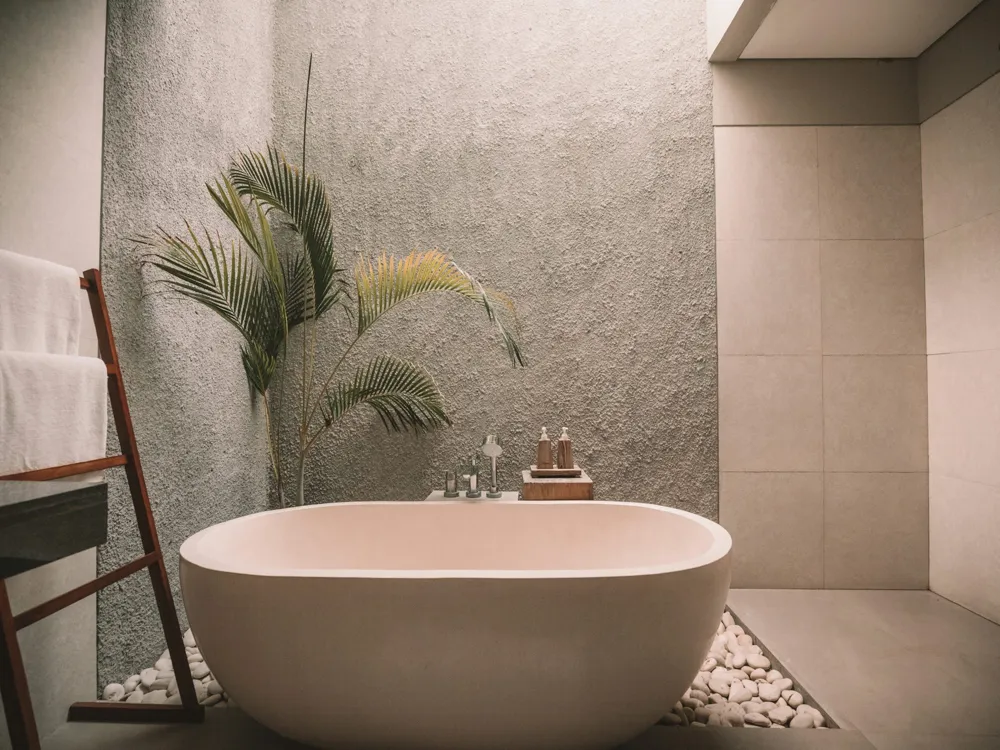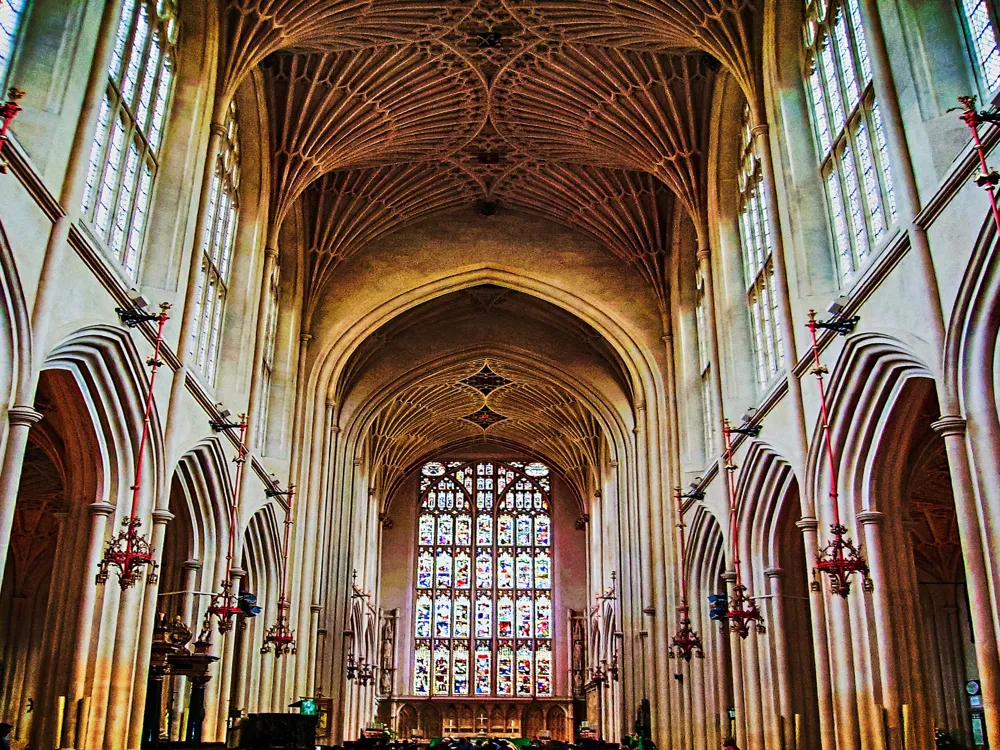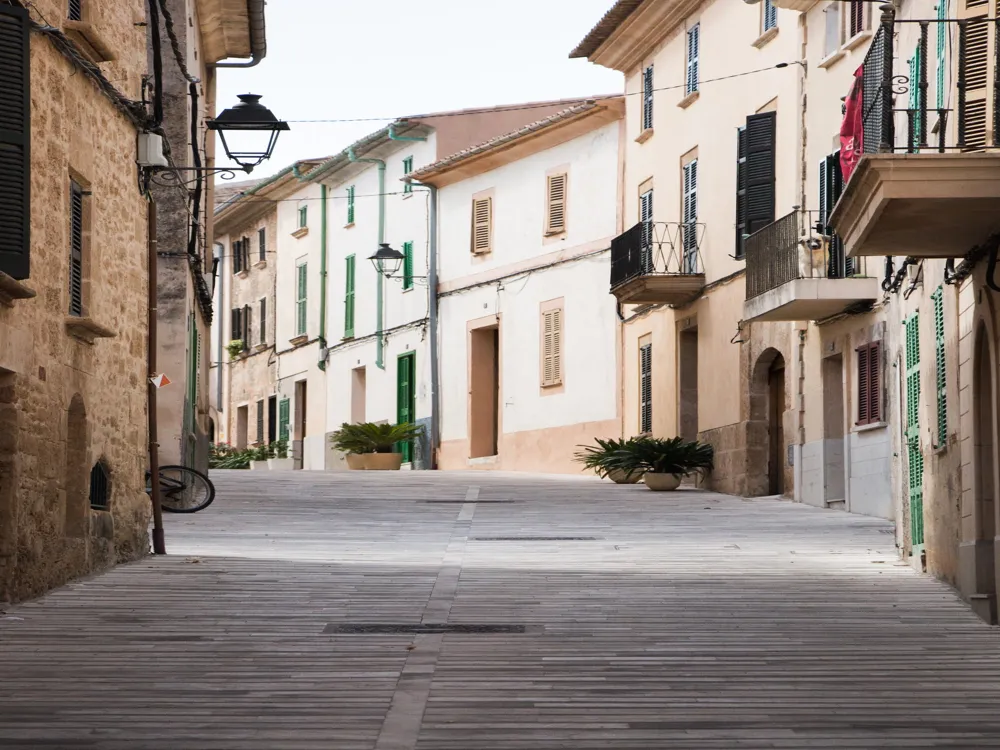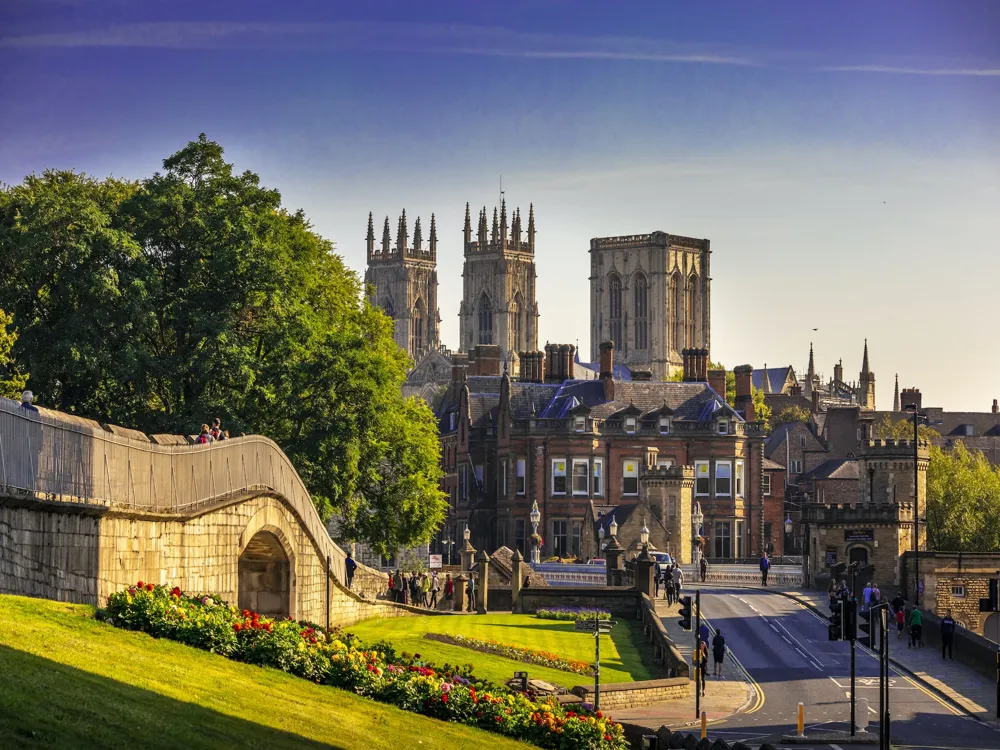The Assembly Rooms of Bath, a significant cultural and historical landmark, are a quintessential part of Bath's rich heritage. Built between 1769 and 1771, they were designed by John Wood the Younger, one of the most notable architects of Georgian Bath. The Assembly Rooms served as a hub for social gatherings, balls, and concerts, attracting the elite of Georgian society. Their significance lies not only in their social history but also in their architectural brilliance, embodying the elegance and opulence of the Georgian era. The main rooms, including the Ball Room, the Tea Room, the Card Room, and the Octagon Room, are each a masterpiece of design. The Ball Room, the largest 18th-century room in Bath, is adorned with Whitefriars crystal chandeliers and intricate ceiling decorations, showcasing the grandeur of the era. The Tea Room, smaller yet equally elegant, was the setting for afternoon teas and smaller gatherings. The Card Room, designed for card games and intimate conversations, features elaborate decorative elements, while the Octagon Room, connecting all the other rooms, was used for music and dancing. The Assembly Rooms also played a crucial role in the social scene of Georgian Bath. They were the center of the social calendar, hosting the famous Bath balls, where people from all over the country would gather. The fashion and gossip of these events influenced society far beyond Bath's borders. Today, the Assembly Rooms are not only a testament to the architectural and social history of Bath but also host a range of events, including weddings, conferences, and cultural events, continuing their legacy as a central social hub. The architecture of the Assembly Rooms of Bath is a fine example of Georgian design, reflecting the elegance, symmetry, and balance characteristic of the period. John Wood the Younger, the architect, employed a neoclassical style, with influences from Palladian and Greek Revival architecture. The exterior of the building is simple yet stately, with a façade of Bath stone, known for its warm, honey-colored hue. The design includes large windows, a hallmark of Georgian architecture, allowing ample natural light to fill the interior spaces. Inside, the grandeur of the Georgian era is evident in every detail. The Ball Room, spanning 100 feet in length, is the pièce de résistance of the Assembly Rooms. Its high ceiling, adorned with intricate plasterwork and five spectacular Whitefriars crystal chandeliers, create an aura of opulence. The symmetry and proportion of the room, with its ornate wall panels and gilded mirrors, reflect the Georgian emphasis on harmony and order. The Tea Room and Card Room, while smaller, are no less impressive. The Tea Room features delicate plasterwork and a charming fireplace, creating an intimate atmosphere for socializing. The Card Room's detailed ceiling and classical motifs echo the sophistication of the era. The Octagon Room, with its unique shape, connects the rooms and serves as a versatile space for music and dance, adorned with decorative plasterwork and large windows offering views of the surrounding city. The Assembly Rooms' architecture is not only a showcase of Georgian aesthetics but also a reflection of the social and cultural values of the time. The emphasis on beauty, elegance, and social interaction is embodied in every aspect of the design, making the Assembly Rooms a true architectural gem and a window into the past. Consider visiting the Assembly Rooms during weekdays or early mornings to avoid crowds. The rooms are particularly enchanting during special events, such as exhibitions or concerts, offering a glimpse into their historical use. Opt for a guided tour to gain deeper insights into the history and architecture of the Assembly Rooms. Knowledgeable guides provide fascinating anecdotes and details not easily found in guidebooks. While there is no strict dress code, smart casual attire is recommended, especially if attending an event. This respects the venue's historical significance and enhances your experience. Photography is generally allowed, but it's advisable to check for any restrictions, especially during special events or exhibitions. Flash photography may be prohibited to protect the interiors. The Assembly Rooms are wheelchair accessible, with lifts and ramps available. However, it's best to check in advance if specific events have additional accessibility provisions. The Assembly Rooms of Bath are located in the heart of the city, making them easily accessible by various modes of transportation. For those driving, there are several parking options nearby, including on-street parking and car parks. Bath is well-connected by train, with Bath Spa Railway Station just a short walk or taxi ride away. Additionally, local buses serve routes that stop near the Assembly Rooms. For a more scenic approach, consider walking through the historic streets of Bath, which offers a chance to admire the city's Georgian architecture en route to the Assembly Rooms. Read MoreOverview of Assembly Rooms of Bath
Architecture of Assembly Rooms
Tips When Visiting Assembly Rooms
Best Time to Visit
Guided Tours
Dress Code
Photography
Accessibility
How To Reach Assembly Rooms
Assembly Rooms
Bath
NaN onwards
View bath Packages
Weather :
Tags : Sightseeing
Timings : 10.30am-5pm Mar-Oct, to 4pm Nov-Feb
Entry Fee : Free
Planning a Trip? Ask Your Question
Bath Travel Packages
View All Packages For Bath
Top Hotel Collections for Bath

Private Pool

Luxury Hotels

5-Star Hotels

Pet Friendly
Top Hotels Near Bath
Other Top Ranking Places In Bath
View All Places To Visit In bath
View bath Packages
Weather :
Tags : Sightseeing
Timings : 10.30am-5pm Mar-Oct, to 4pm Nov-Feb
Entry Fee : Free
Planning a Trip? Ask Your Question
Bath Travel Packages
View All Packages For Bath
Top Hotel Collections for Bath

Private Pool

Luxury Hotels

5-Star Hotels

Pet Friendly





















